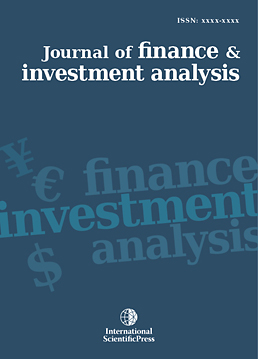Journal of Finance and Investment Analysis
ESG Scores - Is it the new way to build a European portfolio?
-
 [ Download ]
[ Download ]
- Times downloaded: 8644
Abstract
The study makes a comparison between the performance of equity portfolios characterized by high ESG score stocks and portfolios with low ESG score stocks. In particular, we analyze three ESG scores: MSCI ESG Rating, Sustainalytics scores and S&P DJI/Robeco ESG Scores, by examining the European stock market in two periods: medium/long term (five years) and short-term (one year). First of all, we associate each component of the index in relation to its MSCI ESG Rating, Sustainalytics score and S&P DJI/Robeco ESG Scores. We build two portfolios:
· First quartile portfolio 1Q (according to MSCI; Sustainalytics; and S&P DJI/Robeco ESG Scores), including securities of companies with the highest ESG score, based on ESG best-in-class screening strategy.
· Fourth quartile portfolio 4Q (according to MSCI; Sustainalytics; and S&P DJI/Robeco ESG Scores), including securities of companies with the lowest ESG scores.
We aim to answer the following questions: a) do portfolios with higher ESG scores stocks lead to better performances than those including stocks with low ESG scores? b), Are there some sectors that drive the performance within the sector breakdown?
Results show a divergence between the composition of the first quartile, whereas there is more homogeneity in the fourth quartile.
JEL classification numbers: G10, G11, F65,
Keywords: ESG factor; asset management; sustainability finance. Schwarz's inequality, Triangle inequality.
